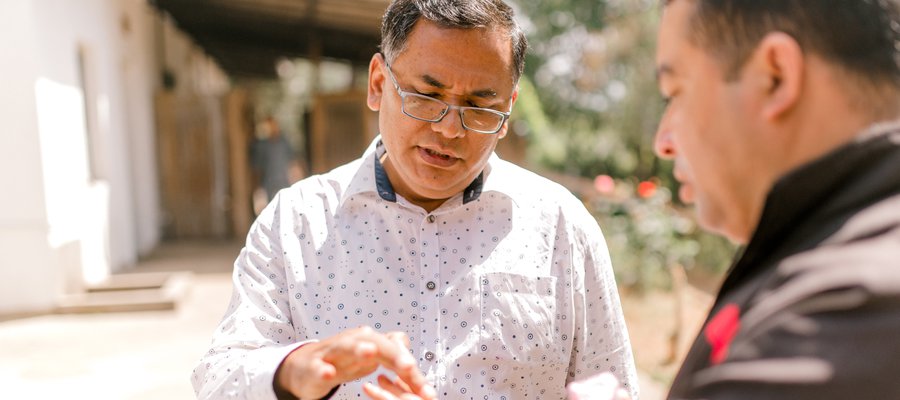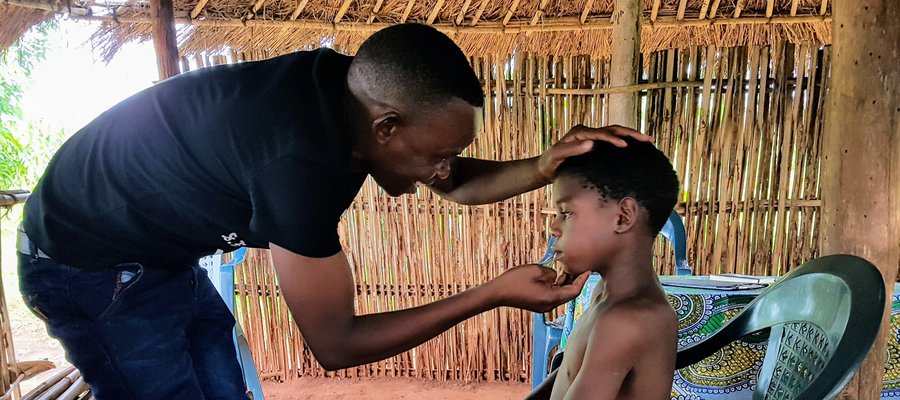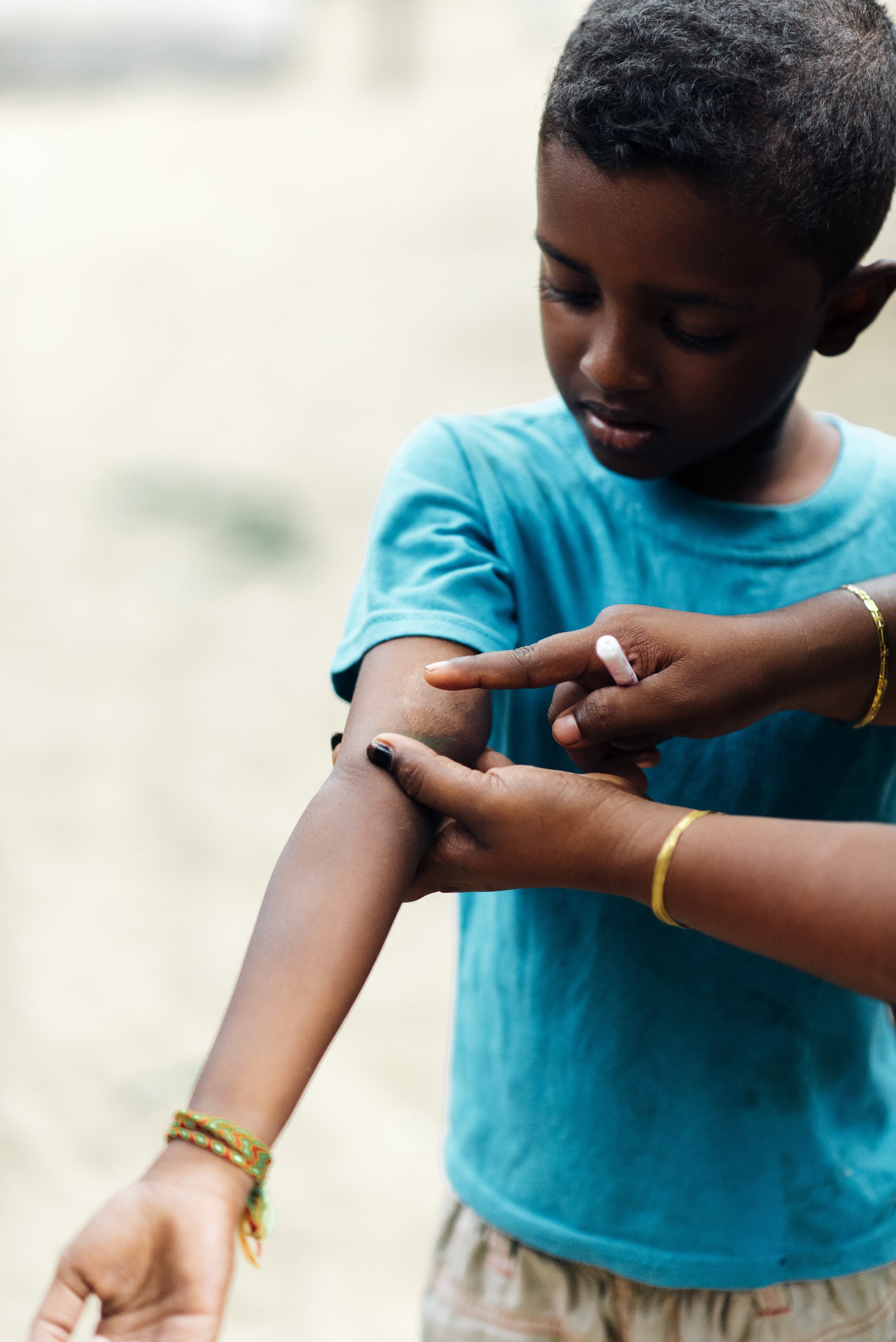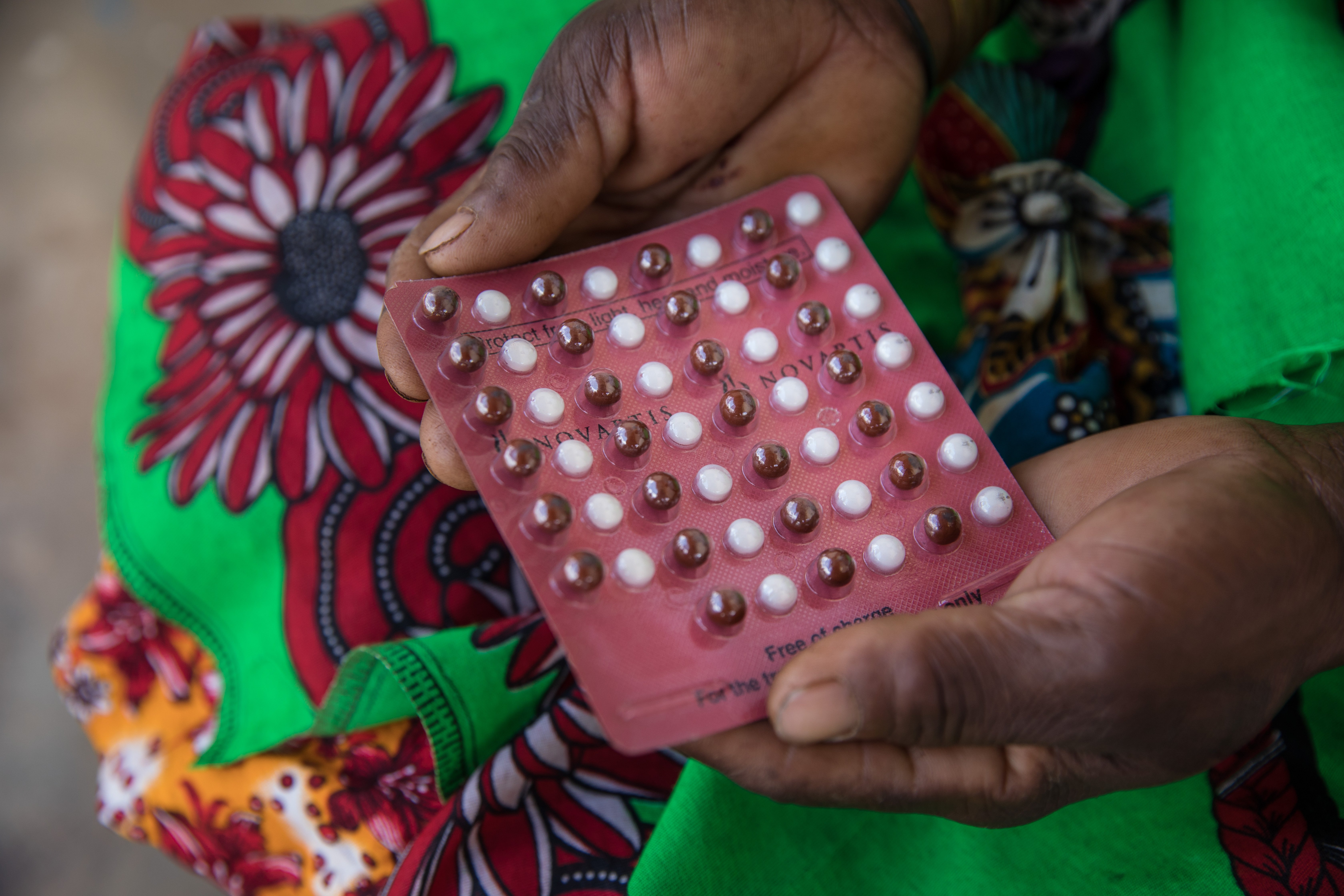What is leprosy?
What is leprosy?
Leprosy, also known as Hansen’s Disease, is a mildly infectious disease. Around 200,000 people across the world are diagnosed with leprosy each year. Leprosy is curable and, if treated quickly, will cause no long-term consequences for a person.

What causes leprosy?
Leprosy (Hansen's Disease) is caused by a bacillus (germ) called Mycobacterium leprae (M. leprae). It mainly affects the skin, nerves and eyes.
Leprosy is not a highly contagious disease. The incubation period (the period between infection and seeing symptoms) is long - five years on average, but can be anything between one year and 20 years. During the incubation period, an infected person does not have any visible signs or symptoms but may already be infectious.
Anyone can be diagnosed with leprosy, but thankfully most of us have immune systems that are strong enough to not develop it even if we live in a country where there is leprosy.
Find out how leprosy is transmitted
What are the signs and symptoms of leprosy?
- Skin patches which are a different colour from the rest of your skin (in brown/black skin the patches are lighter; in light-skinned people the patches are reddish in colour) and with no feeling (meaning that it is numb and has no sensation)
- Loss of feeling or numbness of the hands and feet.
- Muscle weakness or paralysis - struggling to hold things in your hands, unable to lift your foot up so that your toes are pointing upwards; unable to close your eyes,
If you notice any of these - please go to the nearest health centre or hospital.
Learn more about leprosy symptomsHow do we defeat leprosy?
The key to defeating leprosy is to find, diagnose, and treat all cases of leprosy. Treatment is free and effective, so anyone who thinks they may have symptoms of leprosy should talk to a healthcare worker and receive treatment. Early treatment prevents the development of leprosy-related disabilities and stops the spread of the disease, as patients are no longer infectious after 72 hours of Multi-Drug Therapy treatment.
We believe we can end the transmission of leprosy by 2035 through finding and treating all cases of leprosy.
How is leprosy treated?
Leprosy is curable with Multi-Drug Therapy (MDT) - a combination of three antibiotics that has been used to treat leprosy for decades. MDT is highly effective in killing M. leprae and people are no longer infectious a few days after starting treatment. MDT is the only effective treatment for leprosy and you should not consider herbal remedies or any other forms of treatment.
Multi-Drug Therapy (MDT) is given to people diagnosed with leprosy completely free of cost.
If you are concerned that people in your family or community are treating you differently because of leprosy, you can seek support here.
Learn more about how leprosy is treatedIs leprosy contagious?
What causes leprosy?
Leprosy is caused by a bacteria called M.leprae. There are many false beliefs and myths about what causes leprosy. It has nothing to do with sins or curses.
Diseases across the world are caused when a person comes into contact with bacteria. Leprosy is transmitted when a person comes into contact with the leprosy bacteria. For the disease to be transmitted, a person needs to have long-term contact with someone who is infectious, which is a minority of leprosy patients.
Read moreDoes leprosy still exist?
There are many, many people across the world who think that leprosy is a disease of the past. In a lot of countries across the world, leprosy has thankfully become a thing of the past.
However, in countries across the world - particularly in South America, Asia, and Africa - leprosy continues to impact lives and communities. Around 200,000 people are diagnosed every year and scientists believe there could be missing millions who have leprosy but have not yet been diagnosed.
Read moreLeprosy and animals
Leprosy has been found in animals in different locations across the world. On the American continents, leprosy has been found in nine banded armadillos and has been transmitted to humans through infected armadillos. Meanwhile, the UK’s red squirrel population has been known to develop leprosy, but there have been no instances of transmission from squirrel to human. Lastly, researchers in late 2021 published evidence of leprosy in wild chimpanzees in Guinea-Bissau and Ivory Coast.
Read moreLeprosy in the Bible
Many people who have heard about leprosy have done so because they have read Bible stories that refer to leprosy. These stories can be found in the Old Testament and in the Gospels, where Jesus is said to have encountered and healed several persons affected by leprosy.
Read more
Learn about leprosy-related disabilities
If it is not treated quickly, leprosy can lead to disabilities. These disabilities are treatable and it is important to care for your disabilities

See what leprosy looks like in reality
Leprosy can look different from one case to the next. Take a look at our gallery to see more.

Discover where leprosy is found today
Leprosy is more prevalent in some countries. Find out which countries have cases of new leprosy.